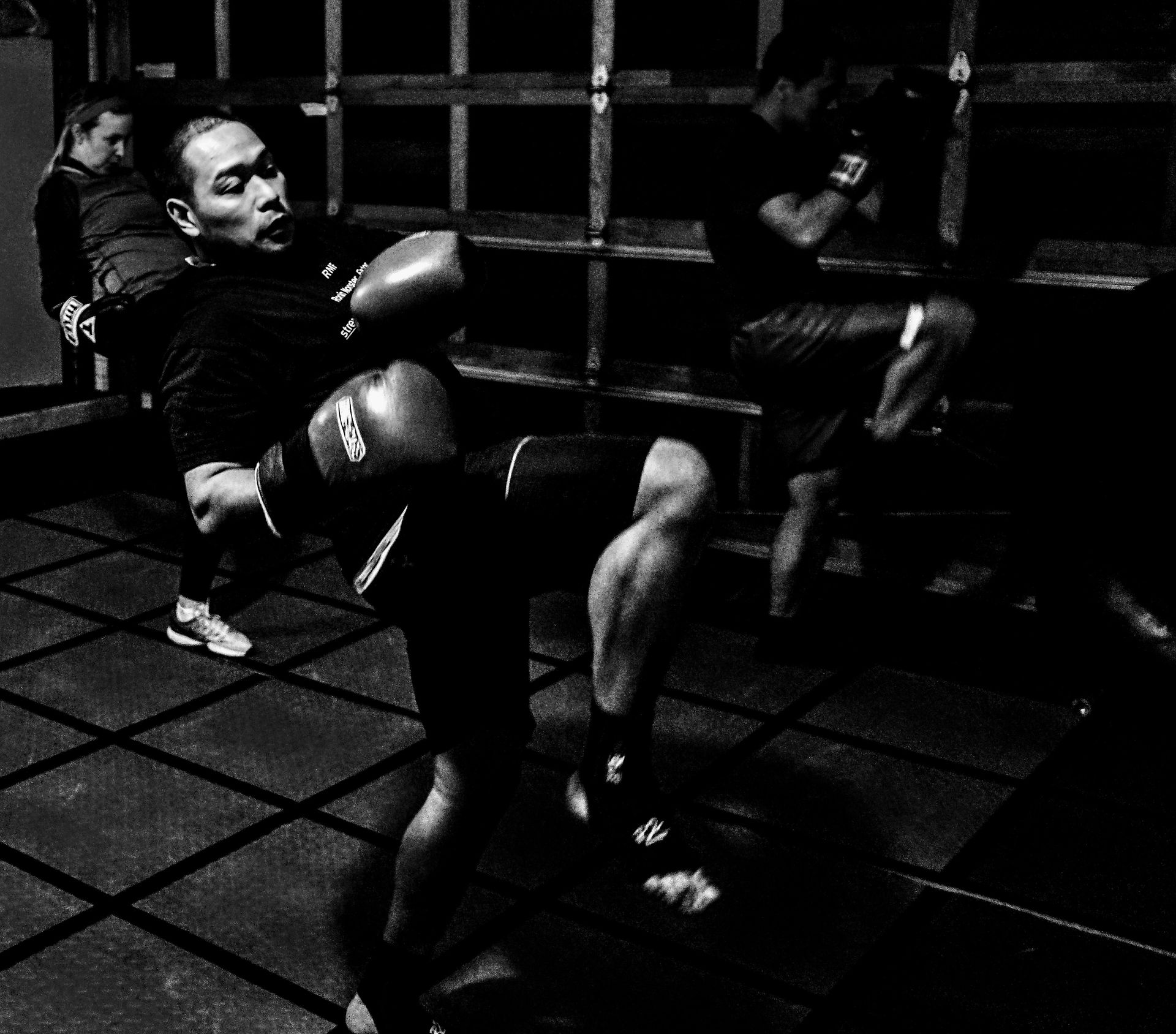What You Need to Know about the Core | And Why Six Pack Abs Are Useless
- Rupert Alfiler
- Aug 21, 2024
- 3 min read

When someone tells me that they want to work on core, they usually mean "shrink my waist" or "get rid of my belly fat."
Half the time they don’t like my answer because it’s not an easy trick. I try to use the question as an opportunity to explain that you DO need to work on your core, even if it doesn’t lead to six pack abs.
Probably not the sexiest explanation, but I think it’s more appealing than
Spinal injuries;
Breathing issues;
Neck, back, knee or ankle pain, and/or
Injuries due to immobility.
What People Commonly Think of as Core
Thanks to social media and marketing, I wouldn’t blame you if you associated a strong core with a v-tapered upper torso with wide shoulders and a tiny waist. You might even think about a slender bikini body with a flat stomach.
Unlike apples, human cores aren’t meant to be slim. Sadly, what some people think of as core (the six pack) is actually one surface level muscle group that gets more attention that it deserves. Worse yet, the way that most people attempt to strengthen this muscle can do more harm than good to the rest of the body.
What Exactly Is the Core?
Imagine a circus tent center pole. The center pole is just a rigid column that supports canvas, ropes, trapeze, and lights. It's the same way with our spinal column. It rises from the hip to the skull, surrounded by connective tissue to keep it from buckling under the weight of our upper body.
This tissue acts like the ropes that anchor the center pole to the ground. What would happen if any one of those ropes were to slack? What if one rope was too tight? What if all of the ropes except one became slack?
Given any of those scenarios, that center pole would be under unequal stress from every direction. The imbalance in tension will inevitably cause damage. Remember those center pole ropes? The 6 pack (rectus abdominis) is only one of several ropes!
What Does the Core Do?
There’s a layer of invisible muscle groups that run from your skull to pelvis. These hidden muscles act in concert like a girdle stabilizing your upper body, holding together your organs, and maintaining structural rigidity of your midsection.
Core muscles are predominantly slow twitch type, maintaining constant tension like those ropes on the center pole. Their purpose is to keep you static. In other words, prevent your upper body from flopping around your hips like a bobble head toy.
Why Do You Need A Strong Core?
Aside from the anti-bobble effect, you need a strong core in order to:
Breathe properly;
keep your internal organs healthy and contained within your chest;
Provide rigidity between your upper and lower body;
Stabilize joints from head to toe;
Transfer movement from your upper body to your lower body during walking, running, etc;
Keep the GI tract functioning;
Transfer neurological signals from your brain to your lower body; and
Pretty much everything that an upright human being does.
Having a weak core can lead to chronic pain, respiratory issues, digestive issues, nerve damage, and a whole cascade of other seemingly unrelated negative consequences.
Think about it: How much can you really function when you’re sore from doing too many crunches or when your back is spasming? The answer: Way less than you think!
How Do You Strengthen Your Core?
Unless you're training to lift weights that are at or above your own body weight, you don’t need to add any resistance to strengthen your core. Spinal flexion and extension under a load are not practical or functional unless you are training for VERY specific specialized athletic maneuvers.
Exercises like crunches only work one aspect of the core, and a relatively insignificant one at that.
Core muscles can be strengthened through isometrics. This means anti-rotation, static holds, and exercises that challenge multi-directional stability. Variations of the plank are more effective. Some examples include:
Anti Rotation exercises,
Straight planks,
Bird dogs,
Plank with leg lift
When Should You Strengthen Your Core?
Believe it or not, it’s not necessary to do “core exercises” in isolation. Everything you do involves your core.
However, in certain situations (sedentary lifestyle, recovering from injury, etc.) your core can become deconditioned. If this is the case, it may be necessary to follow a personalized program in order to restore functional strength and/or specific performance level strength.
As a starting point, you need to build awareness of the core. This means being able to “feel” the core muscles work. I’m not going to attempt to explain how to do that in an email so you’ll have to trust (or contact) me for that haha. The 4 exercises I mentioned above are a good start, and even the most advanced athlete can benefit from them.
Those are just baby steps! Try it out and let me know what you think!


Comments